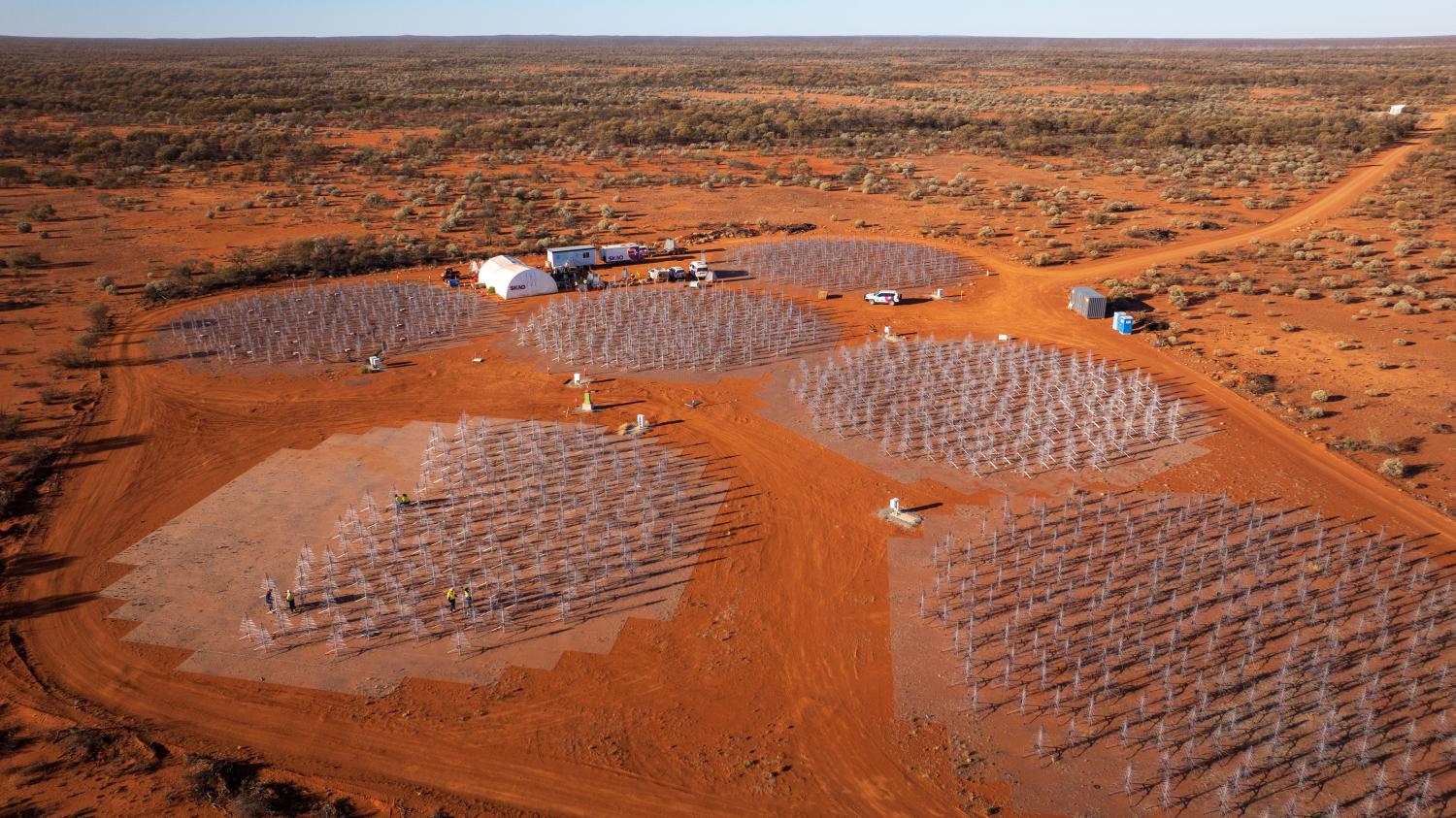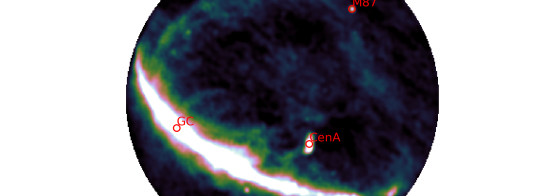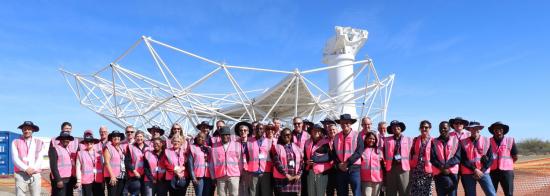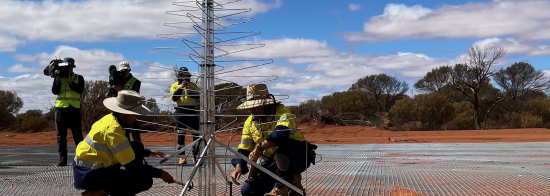SKA Observatory reaches first construction milestone in Australia
The four-station array, made up of the SKA-Low telescope’s first 1,024 antennas, has completed a final phase of verification testing, demonstrating the necessary architecture and supply chain is in place and working.
This means that less than three years after construction of the SKA-Low telescope began at Inyarrimanha Ilgari Bundara, the CSIRO Murchison Radio-astronomy Observatory, it is an operational array.
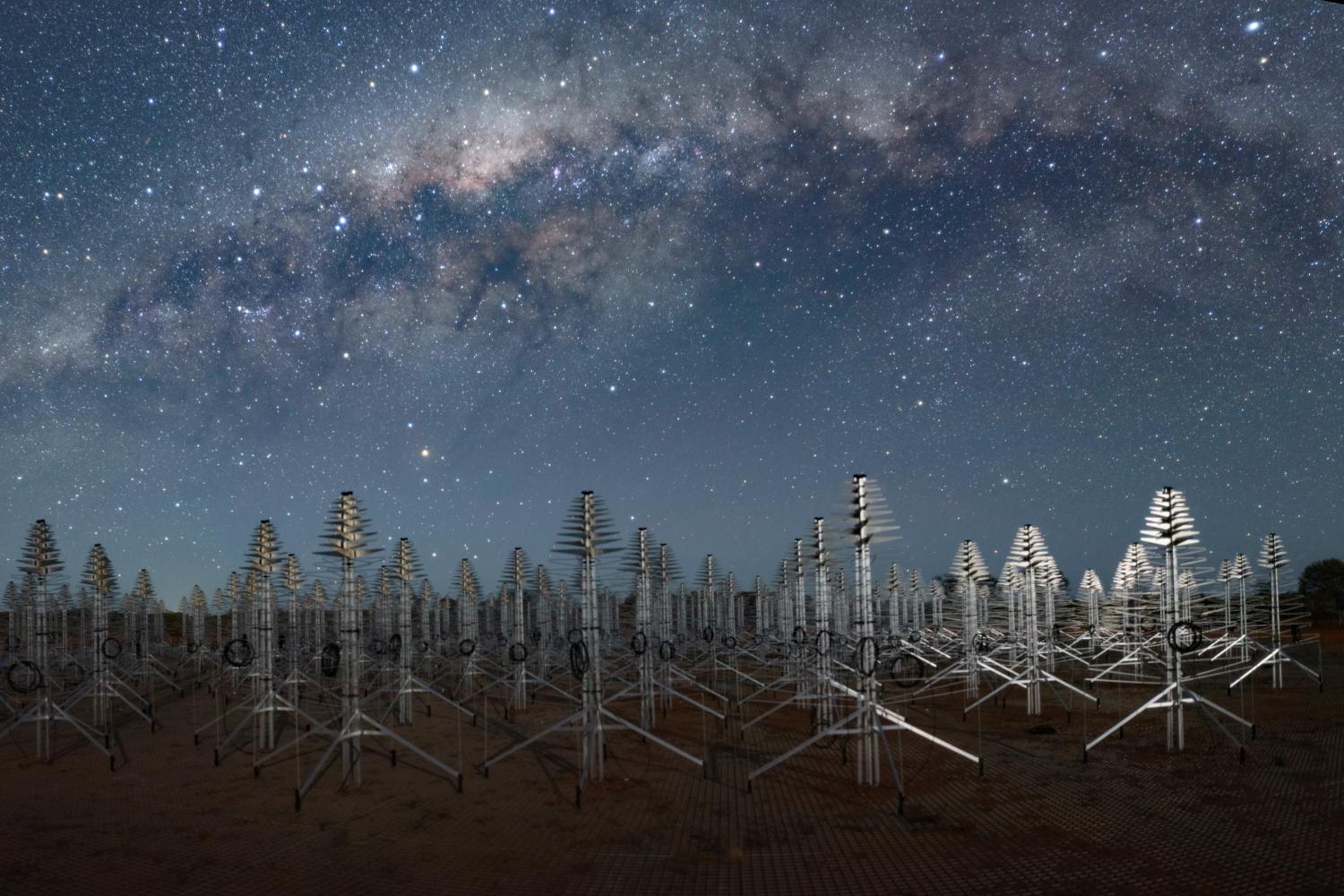
There has been similarly exciting progress for SKA-Mid in South Africa’s Northern Cape. In July, the first SKA-Mid dish measured its first astronomical signal using the Band 2 receiver that was installed earlier that month. During a test observation, the dish picked up the neutral hydrogen signal coming from our galaxy, opening its eyes to the sky for the first time.
Both SKA telescopes are arrays that combine the data captured by individual antennas spread over large distances, working together as one big telescope.
SKA-Low Array, Verification and Integration Lead Engineer Lucio Tirone said the fundamentals of the telescope’s performance in the real operating environment had been proven.
“We now have an operational interferometer array formed by four stations, a synchronisation and timing system, a correlator and beamformer, a science and non-science data network and a computing cluster at the Pawsey Supercomputing Research Centre,” he said.
“We have established integration, verification and commissioning procedures and operational procedures are now being formed.”
The milestone follows SKA-Low's first glimpse of the Universe in March, in which SKA-Low commissioning scientists produced an image revealing an area of sky of about 25 square degrees using data collected from the four-station array.
“The achievement of this milestone is both a testament to a longtime, successful, international collaboration, and a stepping stone towards realising our shared dream of scientific discovery with the SKA Observatory,” said SKA-Low Senior Project Manager Ivan Lloro.
“Thank you to all the people, institutions, and companies involved for their continued efforts, which are bringing the Observatory closer to early science operations.”
The SKA telescopes are being constructed in stages, with components coming from SKAO member countries around the world.
In Australia, SKA-Low is being built in collaboration with Australia’s national science agency, CSIRO. It will scale significantly to become the world’s largest low-frequency radio telescope, part way through construction.
The SKA-Low site has been established with the support of the Australian and Western Australian governments.
We recognise and acknowledge the Indigenous peoples and cultures that have traditionally lived on the lands on which our facilities are located. In Australia, we acknowledge the Wajarri Yamaji as the Traditional Owners and Native Title Holders of the site where the SKA-Low telescope is being built.
